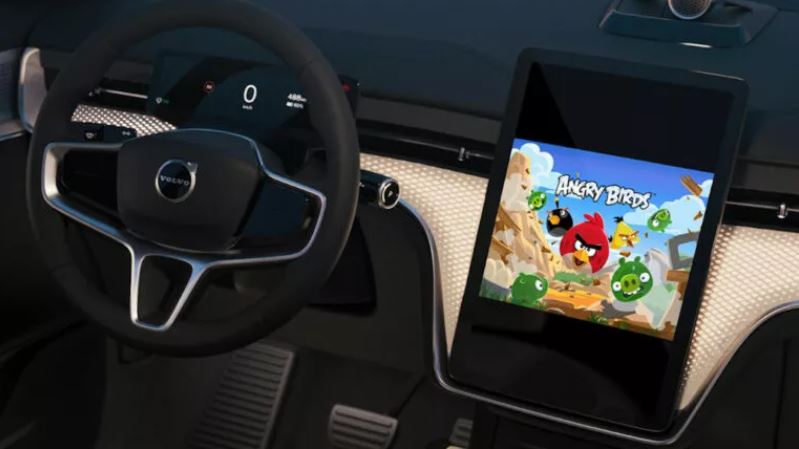Google I/O primarily showcased artificial intelligence, yet the event also addressed automotive advancements. Notably, Google built-in has extended its presence, now featured in the latest models such as the Acura ZDX, Honda Prologue, and Ford Explorer. This expansion elevates the tally of vehicles equipped with Google built-in to almost 40, complementing the over 200 million vehicles supporting Android Auto.
Google is continually improving these technologies. For instance, the Uber Driver app is now accessible on Android Auto, allowing drivers to efficiently manage rides and deliveries with turn-by-turn directions on a larger screen. Moreover, Android Auto is set to introduce support for games, videos, and internet browsers, promising a more immersive experience akin to vehicles with Google built-in. Currently, communication and weather apps are in beta.
Meanwhile, Google is gearing up to enhance the app ecosystem for cars. They aim to streamline the process of bringing mobile apps to vehicles, ensuring safety and compatibility without requiring additional work from developers. By proactively reviewing adaptive and large screen-compatible apps, Google plans to expedite their distribution in cars.
On the Google built-in front, users can anticipate new apps and games like Angry Birds, Max, and Peacock. Additionally, Google Cast will soon enable casting videos from smartphones or tablets onto in-car displays, starting with Rivian vehicles before expanding to other models.
In an intriguing automotive twist, Google debuted a series of mini-games to promote upcoming Android features. Partnering with the McLaren F1 Team for this endeavor, Google even enlisted racing stars Lando Norris and Oscar Piastri to appear in a promotional video for the games

